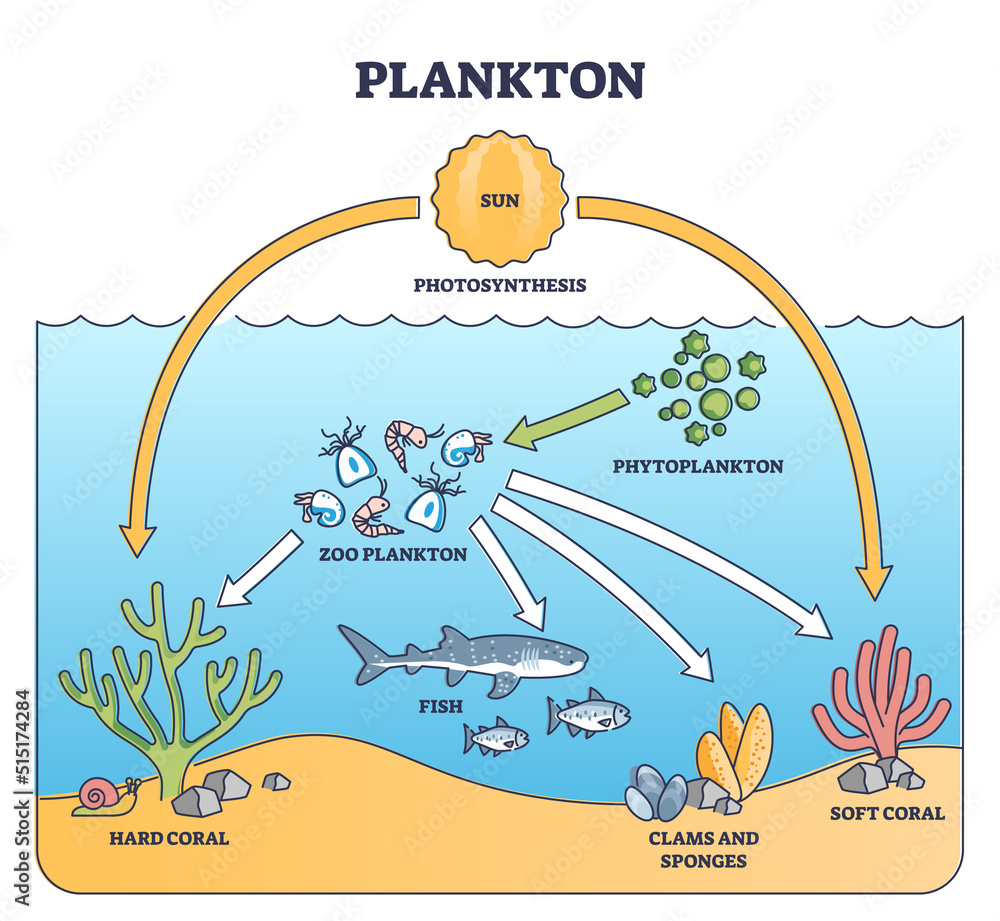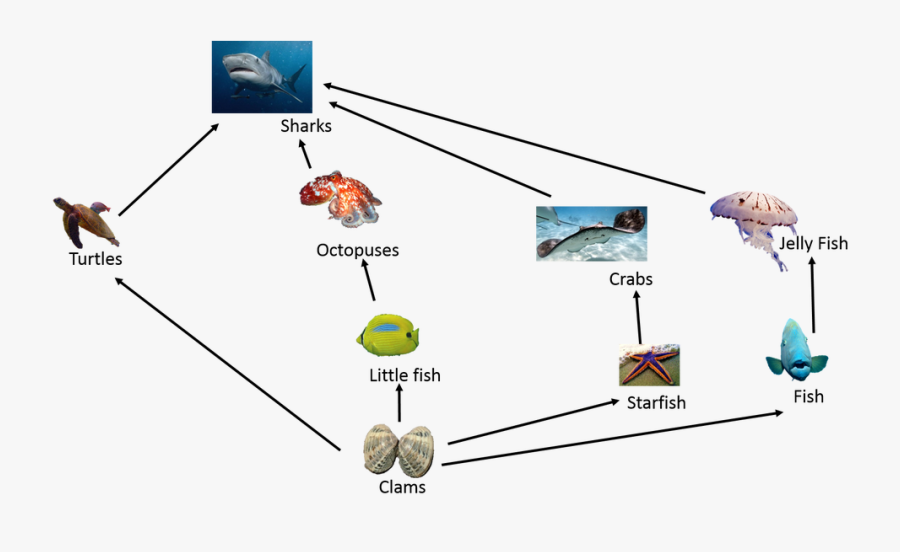Coral Reef Diagram Labeled Biology Diagrams Learn how the marine animals of the reef are interconnected in a complex food chain with multiple levels. See a diagram of the food web and how human influence threatens its balance. Finally, a coral reef food web network proposed for the Great Barrier Reef [62] was investigated as an example of interest where the standard-EEM method is computationally impractical. For the Learn how matter and energy are recycled and transferred in a coral reef ecosystem. Explore the biogeochemical cycles, feeding strategies, and food web of the coral reef.

Learn about the trophic levels, energy transfer, and predator-prey relationships in a coral reef ecosystem. Explore the illustration and answer questions about the organisms and their roles in the food web. This is a Coral Reef Food Web.See if you can identify all the parts of the food web that make this a functioning, healthy ecosystem. Look for: The Producers - the phytoplankton on the ocean's surface.. The Primary Consumers - the coral, sea turtle, and fish.. The Secondary Consumers - the sharks, anemones, starfish, baracuda, jellyfish, sea snakes and sea slugs. The food webs are a very important factor in the safeguard of the coral reef ecosystemFood webs protect the fragile balance there is between species; there are just the right amount of predators and prey within the aforementioned trophic levels. We start to see the importance of the balance set by the food webs when we see the consequences of anthropological interferences in those food webs.

Coral Reef Food Web Biology Diagrams
Coral Reef Ecosystem Food Web. There is competition between all the organisms within the coral reef ecosystem for shelter and food. So, some creatures kill others to gain nutrition and become the primary consumer of the food chain. A food web forms by combining all the interconnected food chains in an ecosystem.
